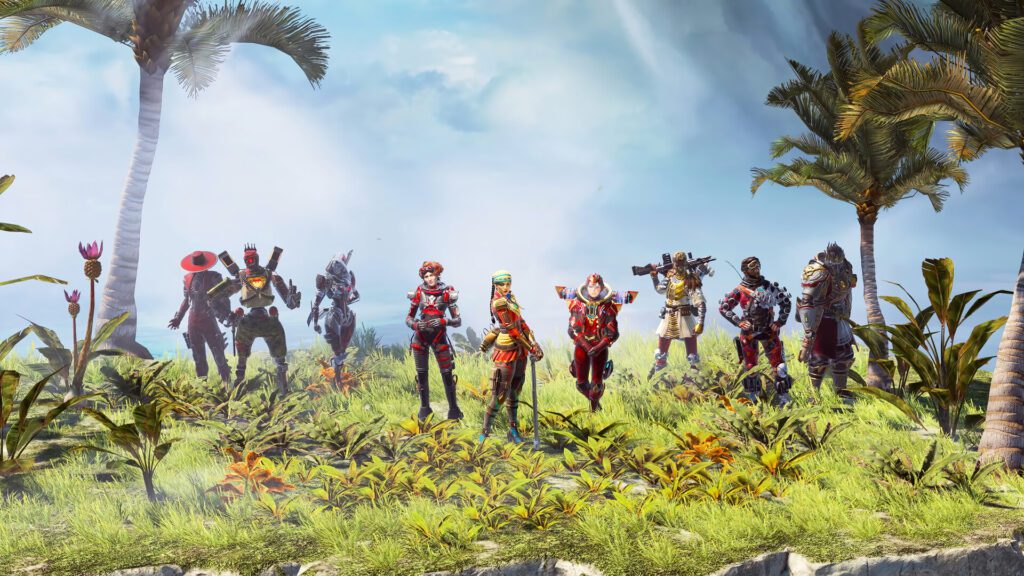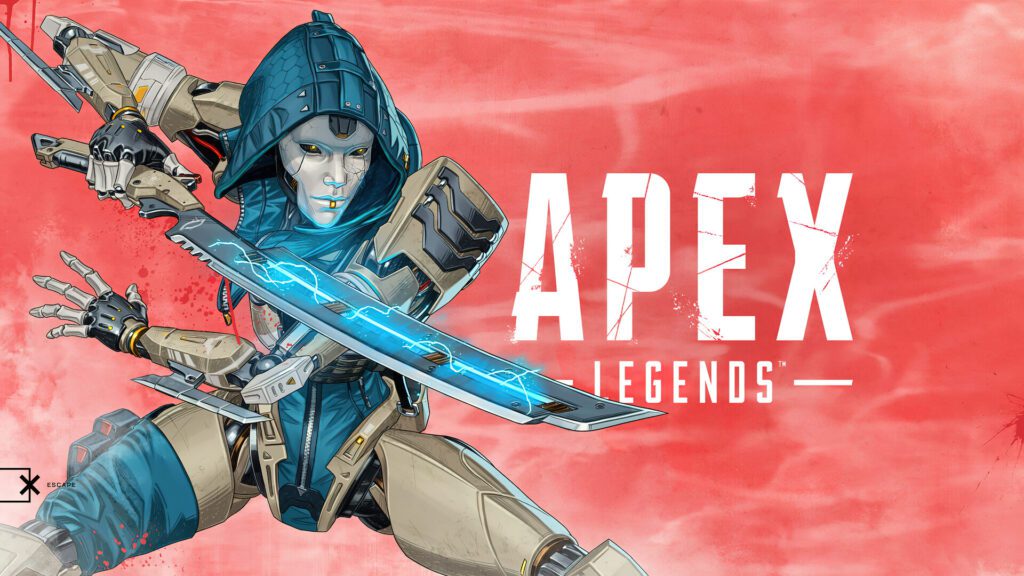On February 4, 2019, the gaming world was rocked by the surprise launch of Apex Legends, a new Battle Royale from the developers of Titanfall. Without any prior marketing or teasers, Respawn Entertainment made a bold move by dropping the game with no warning—and it worked. Players rushed to download and play the game, leading to an explosive start. Apex Legends seemed poised to take the gaming world by storm, competing with the likes of Fortnite and PUBG.
However, nearly six years later, the once-promising game is facing significant challenges. Player counts are dropping, the community is becoming increasingly frustrated, and the game’s future looks uncertain. What happened to Apex Legends, and how did it fall from being the next big thing in the gaming industry to struggling with player retention?
Season 1 Struggles and the Beginning of the Decline
Apex Legends’ rapid growth initially seemed unstoppable, but the release of Season 1 on March 19, 2019, marked the beginning of the game’s struggles. While the introduction of Octane and a new weapon seemed promising, the overall content was lackluster. The Season 1 Battle Pass was criticized for being mediocre, and the challenges were too difficult, making it hard for players to progress.
These early missteps led to the game’s first major drop-off in players. Many returned to other popular titles, and Apex Legends faced its first major hurdle. However, Respawn responded quickly, acknowledging their inexperience with live-service games and promising improvements.
The release of Season 2 brought with it Watson, a King’s Canyon map update, and more meaningful content, including the introduction of town takeovers. It marked a turning point, and the game began to regain some momentum, leading to what would later be considered the game’s golden years.
The Apex Legends Golden Years and What Made Them So Special
Season 3 was a game-changer for Apex Legends. It introduced the new map World’s Edge, numerous limited-time modes (LTMs), and a pace of content releases that kept players engaged. This era of Apex felt fresh and exciting, with more events, heirlooms, and town takeovers that kept the gameplay dynamic.
Ask any Apex fan about their favorite season, and Season 3 is often the answer. There was still no dominant meta, which made the game feel more balanced and fun. New events, lore-driven content, and balance changes kept things fresh, making every season feel connected and purposeful.
Seasons 4 and 5 continued the trend with engaging lore and fresh content, including the introduction of Revenant, Loba, and more town takeovers. Even though not every event was a massive hit, Respawn wasn’t afraid to experiment and innovate, pushing the boundaries of the traditional Battle Royale experience. The game had a consistent schedule of seasons, collection events, and balance changes, giving players a reason to return every few months.
Cheating, Monetization, and the Beginning of the End
However, around Season 8, things began to unravel. Respawn’s lack of attention to detail and proper testing started to show. Bugs, glitches, and crashes became more common, and cheating became a more prevalent issue. The game started experiencing issues that went beyond minor bugs, with more game-breaking glitches and unplayable LTMs.
By Season 9, Apex Legends faced one of its biggest controversies: a massive hack that targeted the game during a competitive tournament. Hackers managed to crash the game, forcing players to see strange messages and severely damaging the game’s reputation. This attack was linked to Titanfall hackers, who were angry about the state of the Titanfall servers, and it opened the public’s eyes to just how insecure Apex Legends’ infrastructure was.
This hack wasn’t the only problem. Cheating had become rampant, especially in ranked modes, where players often encountered aimbotters and wallhackers. As more players resorted to cheating, the game’s competitive integrity was called into question. Ranked Arenas, added in Season 10, also suffered from similar cheating problems, further alienating the community.
Monetization Issues and Community Backlash
Monetization became another sore spot for Apex players. While the game had always featured microtransactions, the push to sell more expensive cosmetics, such as heirlooms and prestige skins, reached new heights in later seasons. Players grew increasingly frustrated with the constant addition of new store events and high-priced items, especially as some events offered recolored skins instead of new content. This was especially evident during the Celestial Sunrise event, where a Season 3 recolored skin was offered as the final reward.
Respawn faced significant backlash for these practices, and they were forced to publicly address the community’s concerns, urging players to “vote with their wallets.” Despite the addition of new game modes and quality-of-life updates, these monetization tactics left a sour taste in the mouths of players, leading to a growing sense of frustration.
FAQs About Apex Legends’ Decline
What caused Apex Legends’ player count to drop?
Several factors contributed to the decline, including a rise in cheating, issues with monetization, and growing frustration with bugs and crashes.
When did Apex Legends start to decline?
The decline began around Season 8, as bugs, crashes, and cheating became more prevalent. The game’s decline was further exacerbated by the Season 9 hack and ongoing issues with ranked modes.
What was the major hack in Apex Legends?
In Season 9, Apex Legends was hacked during a competitive tournament, with hackers crashing the game and forcing players to see strange messages related to Titanfall. This hack exposed the game’s vulnerability and significantly damaged its reputation.
How did monetization affect Apex Legends?
Respawn introduced more expensive cosmetics, such as heirlooms and prestige skins, which frustrated players. Some events even offered recolored skins as rewards, leading to community backlash over the game’s monetization practices.
Looking Ahead: Can Apex Legends Be Saved?
Despite the ongoing issues, Respawn has continued to deliver new content, balance updates, and game modes. Recent seasons have featured updates like the Conduit Legend, the Final Fantasy event, and major balance changes, but these improvements have come too late for many players.
For Apex Legends to recover, Respawn will need to address the core issues: monetization practices that feel exploitative and cheating that continues to plague the game.
Apex Legends New Update & Event Store: All You Need to Know
Stay updated with the Apex Legends New Update developments! Discover exciting new updates, event sto…
Apex Legends New Legend Jester: Abilities, Lore, and Impact
Respawn Entertainment, the creators of Apex Legends and the Titanfall franchise, are no strangers to…
Apex Legends new ability Meta is changing the game – What’s Next?
Discover how the new ability meta in Apex Legends (Season 23) is reshaping gameplay, with changes to…
Apex Legends New Heirloom Pack Update: Community Reactions and Monetization Insights
By alegends.gg Overview of the New Heirloom Pack Update The latest Apex Legends New Heirloom Pack Up…
Apex Legends New Free Heirlooms: A Closer Look at the Controversy and Features
Apex Legends has once again sparked conversation within its community with the introduction of a new…
Apex Legends New Support Nerfs: What You Need to Know
Apex Legends introduces major changes to the support meta with nerfs to Lifeline and Newcastle and t…










